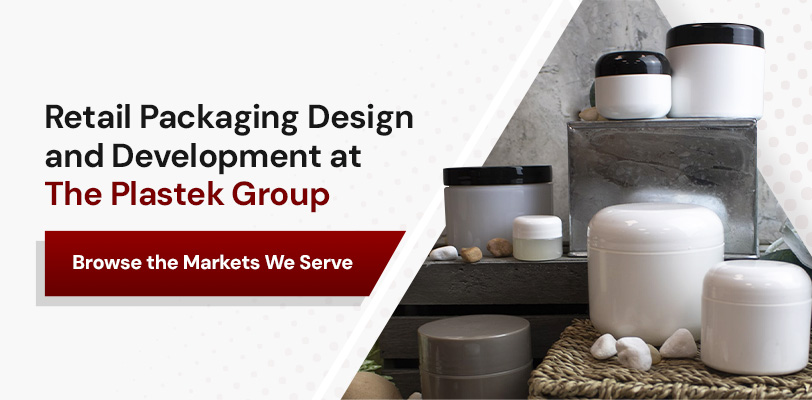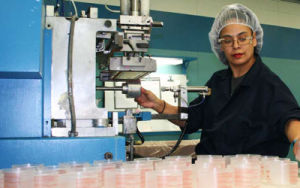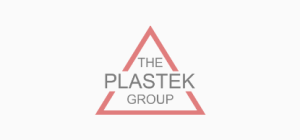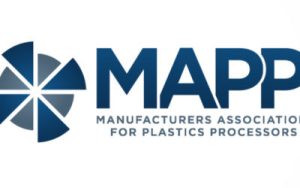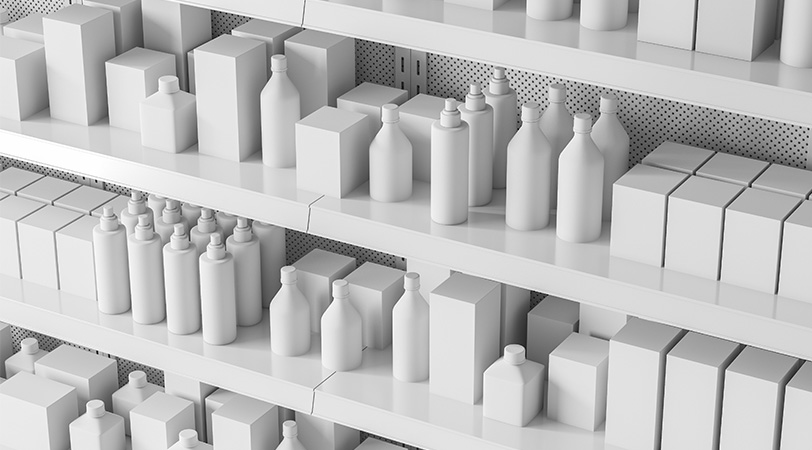
In retail, product packaging can enhance the customer experience, build a loyal following, and solidify your position among competitors. This guide explores the top considerations for retail packaging, how to package a product for retail, and five steps you can follow to maximize retail packaging value.
Top Considerations When Packaging for Retail Products
Shoppers in a brick-and-mortar store will automatically compare your products against competitors’. Creating an appeal that immediately catches consumers’ attention starts with packaging. For example, a unique shape might look good on paper, but consider how well it will fare on store shelves.
Understanding the differences between e-commerce and retail packaging can help you develop the appropriate structure, appeal, and functionality for a store environment. Packaging is vital for more reasons than being effective in retail stores. It must communicate value, enhance brand identity, and protect your product during transportation, storage, and handling, helping you gain repeat purchases and positive reviews.
Compliance with regulations and safety requirements is another consideration. Depending on your product and state, you may need to follow specific labeling guidelines, comply with transportation standards for fragile or hazardous goods, and choose the appropriate materials for food or cosmetics.
Step-By-Step Guide to Packaging Your Product for Retail
A structured retail packaging development process ensures customers notice your product. Here are five steps to effectively package retail products.
Step 1 — Choose Your Materials
The ideal retail packaging materials for your company depend on your values, budget, and your target market’s preferences. Choose materials that are convenient for consumers to handle, effectively safeguard the product inside, and accommodate your needs.
Additionally, consider whether sustainability is a priority for your company or consumers. Studies show 82% of consumers across all demographics are willing to pay more for sustainable packaging. Another 80% say they want to buy reusable products to shrink their carbon footprint. Analyze your target audience’s characteristics, specific interests, and industry trends to guide your decision-making.
Step 2 — Determine What Packaging You’ll Use
Qualities such as size, shape, and weight will influence how you showcase items and prevent damage. For example, high-quality, rigid material such as plastic provides structural safety and cushioning for fragile products.
Identify industry trends by researching the solutions your competitors use. By partnering with a trusted packaging company, you can learn about the latest innovations and get fresh ideas to outshine your competition and reach customers in trendsetting ways.
Step 3 — Design
Your retail product packaging design can create a memorable customer experience. Consider exterior elements like:
- Your logo and tagline
- Product image
- Color
- Typography
- Quotes from satisfied customers
- Brand information
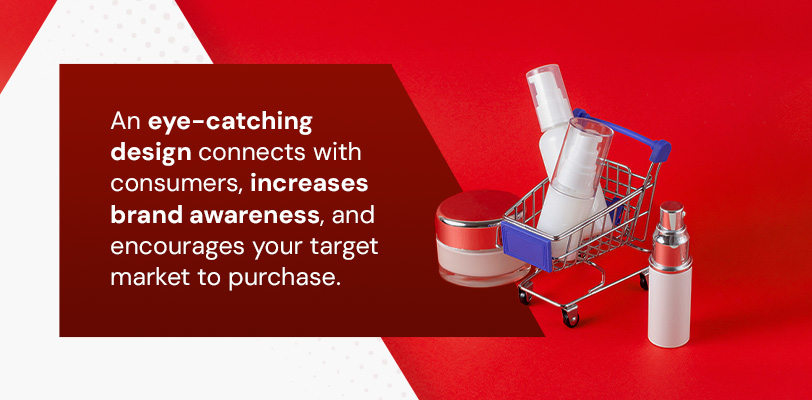
An eye-catching design connects with consumers, increases brand awareness, and encourages your target market to purchase. While inner box design may be more relevant for e-commerce consumers, you can still enhance your retail shoppers’ experience by including instructions or other engaging materials.
Step 4 — Printing and Special Finishing
Choose the printing style that will attract maximum attention, based on your product and industry. You have four options.
- Silk screen printing: Silk screen printing is an excellent printing solution for injection molding when you are looking for a more high-end package. It involves creating a thin plastic sheet with the screen area design so the ink can transfer onto the packaging in a desired pattern. This method has an excellent printing effect that is durable, offers great ink thickness and is suitable for all ink types. More colorful designs may be more expensive since each color will require a separate screen. This technique is generally more ideal and cost-effective when printing high volumes.
- Pad printing: This is an indirect offset (gravure) printing process that uses a silicone rubber pad to transfer an image onto the packaging. Pad printing often allows an accurate ink transfer on intricate or contoured packaging designs. However, it’s important to consider that it may have a limited color range.
- In-mold labeling: In-mold labeling applies a label as the item is molded, making the label or design part of the packaging. This makes it resistant to peeling, fading, or scratching off. This method is also mainly suitable for large-scale, batch products.
- Offset printing: This is another indirect printing process that uses thin, flexible plates to transfer an image onto a printing surface. It’s a great option when your design needs higher resolution due to fine details or small text included in the design. The per-unit cost may be more expensive, so offset printing is typically a more cost-effective option for printing large quantities.
- Wrap labeling: Wrap labeling involves encircling a product with a shrink film or adhesive label that conforms to its shape when heated. This is a popular option for plastic-molded products due to its versatility and attractive appearance.
Give your packaging a more impactful look and feel with specialized finishing.
- Window cutting: A small window cut out of the packaging allows shoppers to see, touch, or experience the product before buying it. For example, scented candle packaging may have a cutout for smelling the product and seeing intricate details, while windows on toy packaging may allow consumers to press buttons and interact with an action figure.
- Embossing and debossing: Embossing involves creating a raised area in the mold design, while debossing does the opposite. These raised and lowered areas add dimension and depth, making your brand name or packaging imagery stand out.
- Hot stamping: Hot stamping, also known as foil stamping, applies metallic, holographic, or colored foil to create a flashy, upscale appeal.
- Spot UV: Applying UV coating adds shine to specific packaging elements.
Step 5 — Test Performance and Refine
Partnering with a company that provides prototypes lets you verify the quality and performance before committing to mass production.
Concept development involves thoroughly evaluating proposed package designs’ attractiveness and effectiveness, ensuring they align with your industry needs, market trends, target market’s preferences, and branding. The approved design then becomes a mock-up your team can test and refine.
Retail Packaging Design and Development at The Plastek Group
Simplify your retail packaging decisions by partnering with Plastek, an experienced and trustworthy manufacturer. As a recognized leader and innovator, we serve industries like personal care, health and beauty, home care, pharmaceuticals and nutraceuticals, and food and beverage.
Design and development are among our many value-added services. We provide extensive research to determine cost savings, appearance, manufacturability, sustainability, and improved functionality. Our team also includes concept development with specialized software, part design review for reviewing critical elements, rapid prototyping, and model development presentation. We use sustainable methods to reduce environmental impact. To learn more about our offerings, browse the markets we serve today.
